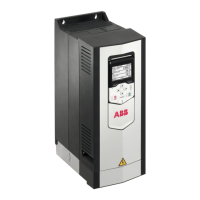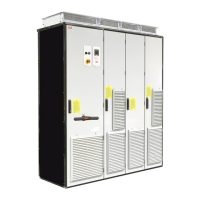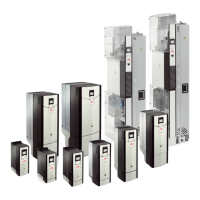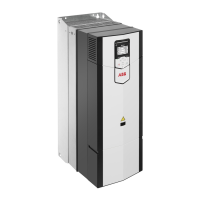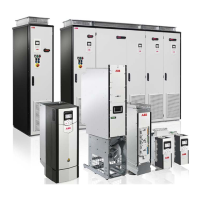Proof test interval
After the operation of the safety function is validated at start-up, the operation of the safety
function must be ensured by periodic proof testing. In high demand mode of operation, the
maximum proof test interval is 20 years. In low demand mode of operation, the maximum
proof test interval is 1 year (high or low demand as defined in IEC 61508, IEC/EN 62061
and EN ISO 13849-1). Regardless of the mode of operation, it is a good practice to check
the operation of the safety function at least once a year by doing the start-up and acceptance
test of the safety function.
The person responsible for the design of the complete safety system should also note the
Recommendation of Use CNB/M/11.050 published by the European co-ordination of Notified
Bodies for Machinery concerning dual-channel safety-related systems with electromechanical
outputs:
• When the safety integrity requirement for the safety function is SIL 3 or PL e (cat. 3 or
4), the proof test for the function must be done at least every month.
• When the safety integrity requirement for the safety function is SIL 2 (HFT = 1) or PL d
(cat. 3), the proof test for the function must be done at least every 12 months.
This is a recommendation and depends on the required (not achieved) SIL/PL. For example,
contactors, breakers, safety relays, contactor relays, emergency stop buttons, switches,
etc. are typically safety devices which have electromechanical outputs. The STO circuit of
the drive does not have electromechanical outputs. Also, the FSO and FSE-31 modules do
not have electromechanical outputs.
Competence
The person who does the maintenance and proof test activities of the safety function must
be a competent person with expertise and knowledge of the safety function and functional
safety, as required by IEC 61508-1 clause 6.
Residual risk
The safety functions are used to reduce the recognized hazardous conditions. In spite of
this, it is not always possible to eliminate all potential hazards. Thus, the warnings for the
residual risks must be given to the operators.
Intentional misuse
The safety circuit is not designed to protect a machine against intentional misuse.
Decommissioning
When you decommission an emergency stop circuit or a drive, make sure that the safety
of the machine is maintained until the decommissioning is complete.
64 Maintenance
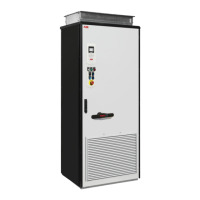
